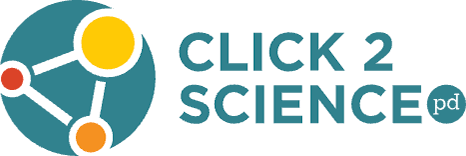Tips for Coaching Staff
Coaching resources are designed to help coachees improve individual skills, thereby impacting their practice and the overall quality of the program.

Coachee’s Self-Reflection and Action Plan
- The staff member (coachee) can meet either with a supervisor or a peer who has agreed to act as a coach. Dedicated time (15 minutes) should be set aside for individuals to meet and focus on 1-2 areas chosen by the coachee for improvement.
- Self-Reflection: The coachee identifies a focus for the coaching session using the Self-Reflection provided for the skill. Any item on the Self-Reflection rated as a 3 or lower may be considered a potential focal point in need of coaching. The overall goal is to raise all items to the 5 rating level, which would indicate proficiency in the particular skill. Multiple coaching sessions may be needed to achieve the 5 levels.
- Action Plan: The coachee creates an action plan that identifies 1-2 areas with lower ratings on the Self-Reflection. The coachee shares this information with their identified coach.
- Self-discovery on the part of the coachee is an important motivator for change. Therefore, self-identifying goals and the need for change are critical in the coaching process.
Prior to the Session
- Coach: Communicate with your coachee before the session and review their goals for improvement. Read through the coaching guide and gather any supplies required. Use the coachee’s goals to identify important areas to focus on.
- Coachee: Complete the self-reflection and identify 1-2 areas to focus on. Share your goals with your coach. Come to the session with notes about what you want to work on (your goals should be provided to the coach prior to the session). If you have been working on your goals, include in your notes what you have done and any outcomes associated with what you have implemented so far. Come prepared with questions about the skill and/or your own practice to discuss with the coach during the session.
During the Session
- Use the coaching guide to structure the coaching session.
- Review the ‘goal/s’ for the session. Example: Coach: “You identified _________ to work on today. Tell me about why you chose the goals you did and if you have done anything to work on them (video review, practice in the setting, journaling, etc.) prior to today.”
- As the coachee explains what they have done, use active listening (paying close attention to the words and phrases the coachee is using that directly relate to the skill/goal at hand) for ways to affirm high-quality practices, to extend the conversation around the goal/skill, and to identify possible next steps (what still needs to be done or has the skill been mastered?).
- Because self-discovery is a powerful motivator for change, asking reflective questions (open-ended, but framed around the practice of the skill) to have the coachee discover what he or she has done well and areas that still need improvement is highly encouraged.
- Possible ways to extend, support, and build the conversation around the skill/goal:
- Paraphrase…. “you said…”
- “Tell me more…”
- “Have you considered…”
- “I had a similar thing happen to me (explain what and the outcome)”
- “What if…”
- “What might you do next?”
- “How can I be of help to support you?”
- End the session by developing an Action Plan and identifying the next steps. What will the Coach/Coachee do next?
After the Session
- Consider completing an observation of the coachee implementing the skill/goal they have selected.
- Follow the observation with a time for feedback. Listen carefully to the coachee’s ideas and concerns about the skill. Help them decide the next steps for their Action Plan.
More Resources
- Burkhauser, M., & Metz, A. J. R. (2009). Using coaching to provide ongoing support and supervision to out-of-school time staff. Child Trends, 2009-06. Retrieved from: http://www.childtrends.org/wp-content/uploads/2009/02/Child_Trends-2009_02_11_RB_StaffCoaching1.pdf.
